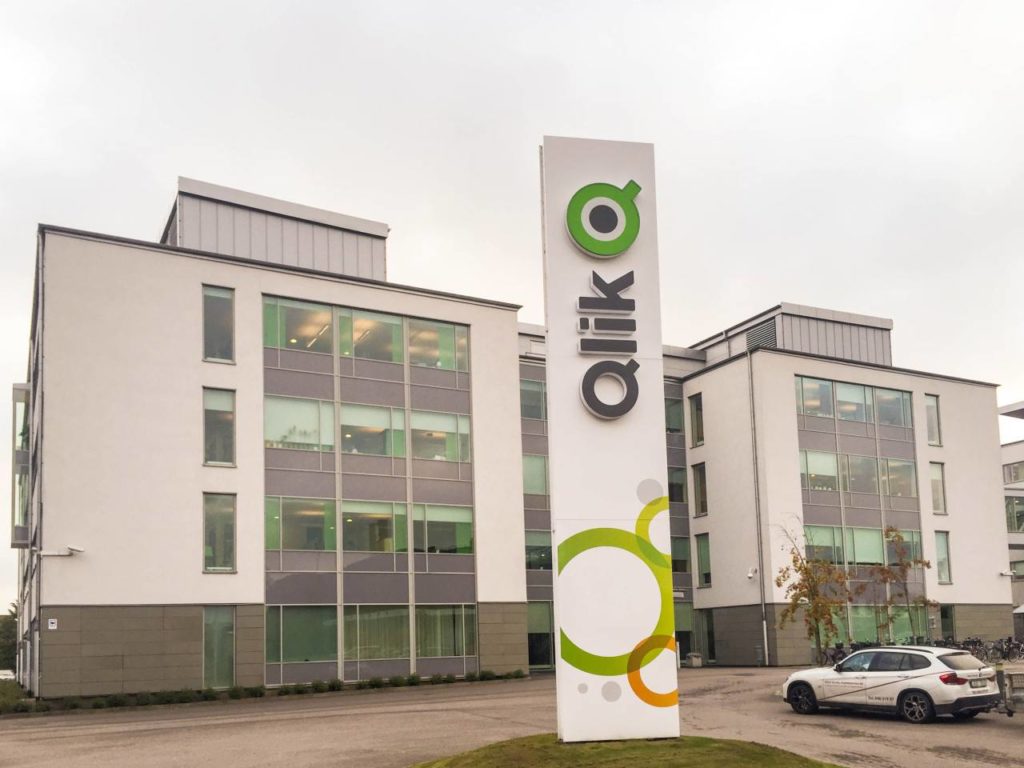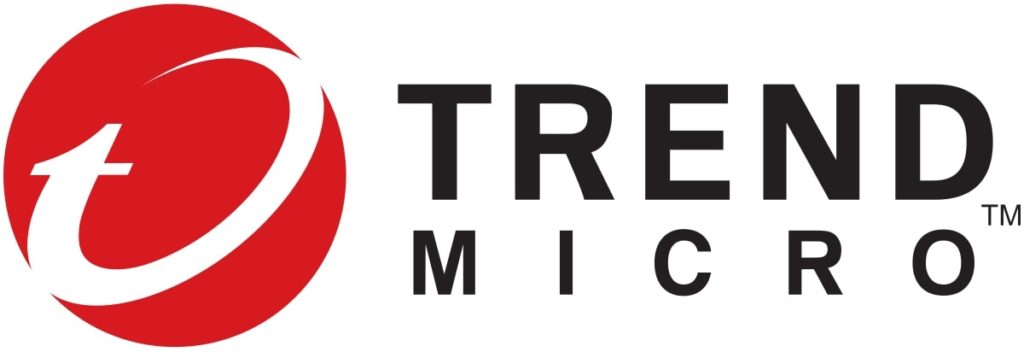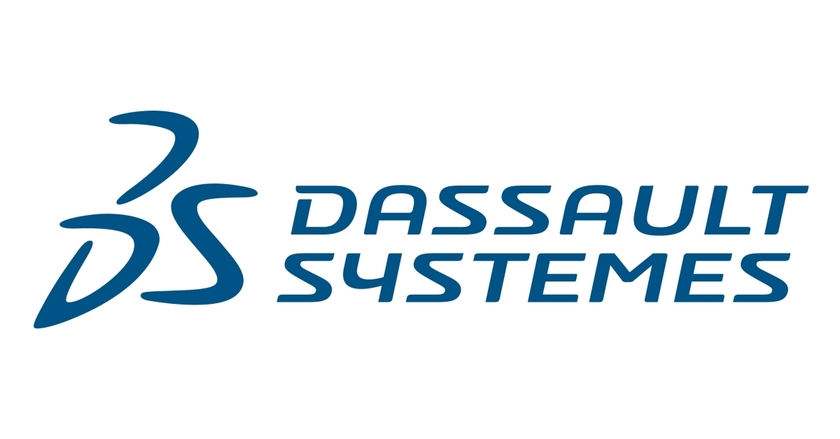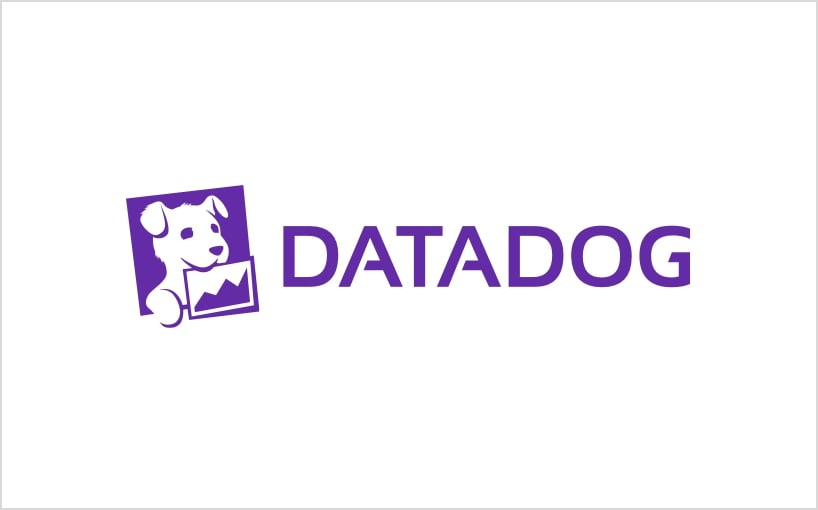QlikTech: Providing Analytical Software and Data Solutions.
Qlik, aka QlikTech Inc., is a software solution company that deals with providing a business analytical platform to enterprises to solve their problems. The company was founded in 1993, and for the past almost 30 years, Qlik has helped many big-name companies with its business intelligence software solutions. The company deals in services like data analytics and data integration, having offices all around the world. Qlik is known for its excellence and innovation, has joined its hands with companies like Accenture and Cognizant for multiple programs.
About the Company
Qlik started its journey 28 years back in Sweden as a company providing detailed data analysis services. The company headquarters is in Lund, Sweden, and about 2500 people are working for it globally. Along with Sweden, the company has established offices in the US, Canada, Latin America, Europe, Middle East, as well as in Africa. Qlik is known for its services in business intelligence, data analytics, data integration, business analysis, and software development. Qlik Sense, Qlik Replicate, and Qlik Catalog are a few of the main products that the company endorses. The Qlik services are compatible with the major web service providers like Amazon Web Services (AWS), Microsoft Azure, Microsoft applications, Google, SAP, etc.

Founding QlikTech
Bjorn Berg and Staffan Gestrelius from Sweden founded QlikTech in 1993 as the providers of data analysis services. The company introduced QlikView as its first product, released in 1994, and got the patent for the same in 1995. In the following years, the company released the other three versions of the product. The popularity of QlikView brought Qlik funding from renowned Swedish investors Handelsbanken and Industrifonden in 1999. This led to the growth in the number of employees as well.
In 2004, Qlik went international and established the company headquarters in the US. The same year, the company also received more investments from Accel Partners and Jerusalem Venture Partners. In 2005, the company released version 7 of QlikView, replacing the single-user desktop with a server-based web tool.
By the end of the decade, the company was already a unicorn, and in 2011, the market capitalization of Qlik reached $2 billion. In the following years, the company made some important acquisitions that helped its expansion. Vizubi, Idevio, Crunch Data, Attunity, Knarr Analytic, and RoxAI are some of the companies acquired by Qlik.
In 2012, Qlik was among the top three fastest-growing tech companies in America. The next year, Qlik opened a new office in Perth, Australia, followed by the opening of a research and development branch in Ottawa, Ontario in 2015. In 2017, Qlik joined hands with Thomas Jefferson University of Pennsylvania to fight the opioid epidemic in the country. The next year, the company received the Best Business Intelligence and Analytics Software award.
By 2019, the Qlik had successfully launched its Software-as-a-Service environment, and the customers were now allowed to deploy its software on Qlik as well as any other public cloud. Wrightington, Wigan, and Leigh NHS Foundation Trust used the Qlik software to keep the record of the patients during the COVID-19 pandemic in the UK.
Qlik Sense and QlikView are some of its major products that run on its Associative Engine, used for big data analytics. Other than those, Qlik Analytics Platform, Qlik Data Catalyst, Qlik Core are some of the products that work using the same engine. Other Qlik products include Qlik GeoAnalytics, Qlik DataMarket, Qlik Connectors, Qlik Catalog, and Qlik Compose, etc.
The CEO at QlikTech
Mike Capone is the current CEO at Qlik. Capone went to Dickinson College to earn a BS degree in Computer Science and later completed an MBA in Finance from Pace University. Before joining Qlik, he has worked with companies like ADP and Medidata. He held the positions like Corporate Vice President of Product Development & CIO as well as the General Manager of the global outsourcing business at ADP. At Medidata, Capone worked as the COO and helped in the product development of the company. In January 2018, he became the CEO of Qlik.

Yashica is a Software Engineer turned Content Writer, who loves to write on social causes and expertise in writing technical stuff. She loves to watch movies and explore new places. She believes that you need to live once before you die. So experimenting with her life and career choices, she is trying to live her life to the fullest.




